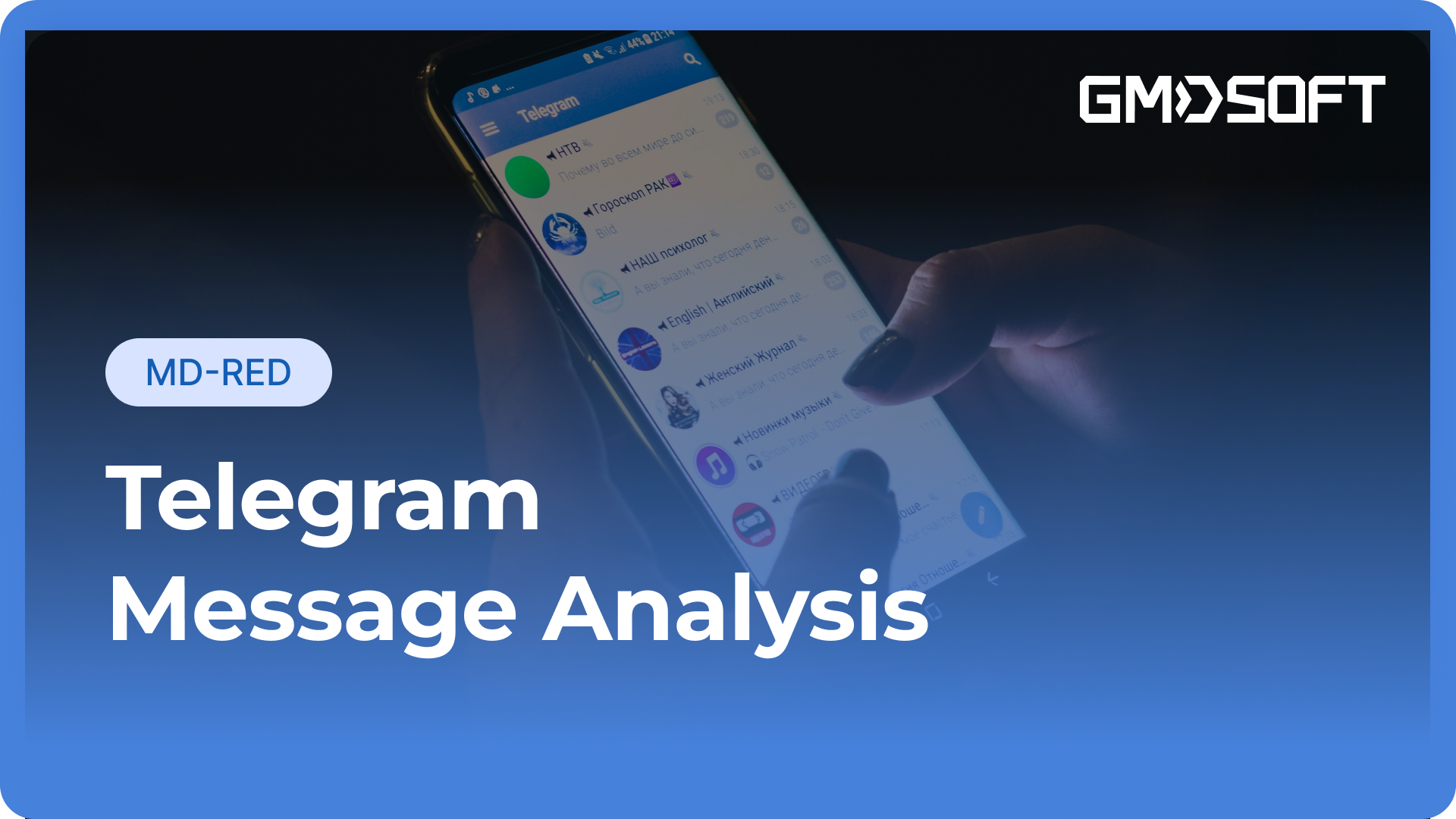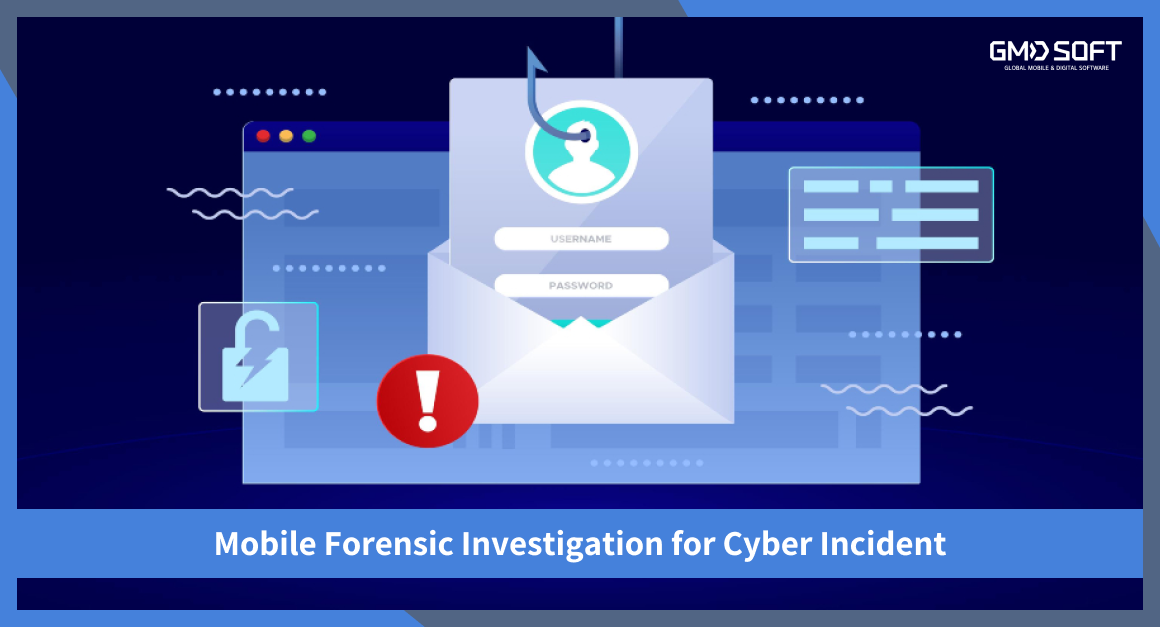Understanding WeChat’s Global Impact
WeChat stands as a remarkable phenomenon in the digital landscape, serving approximately 1 billion monthly active users – roughly one-fifth of global smartphone users. This “super-app” has transcended traditional messaging platforms by integrating numerous features into a single ecosystem, making it an essential part of daily digital life, particularly in Asian markets.
What sets WeChat apart is not just its massive user base, but its unique technical architecture. Unlike other messaging platforms such as WhatsApp or Facebook Messenger, WeChat implements a distinctive server-side approach where all communications route through servers in China, creating additional layers of complexity for forensic investigations.
The Challenge
For digital forensics investigators, WeChat’s sophisticated infrastructure presents unprecedented challenges. Its self-contained platform creates an intricate maze where critical evidence often resides in unexpected locations, significantly complicating the recovery process. Traditional forensic approaches frequently fall short when confronting WeChat’s unique data storage patterns.
Our Discovery
During a recent investigation, our team uncovered a significant finding: critical media files such as recorded voice messages in WeChat exist in locations completely different from their documented paths. This discovery challenges traditional forensic approaches and opens new possibilities for evidence recovery.
Key Problems We Solved
-
・ Hidden Evidence Trails: Locating critical files outside conventional storage paths
-
・ Investigation Efficiency: Streamlining the evidence recovery process
Conclusion
Through this groundbreaking case study, GMDSOFT has demonstrated how MD-RED and MD-NEXT can revolutionize WeChat forensic investigations by efficiently tracking file storage paths and reconstructing user activities. We understand the frustration investigators face when crucial evidence proves elusive, leading to unnecessary delays and complications. This drives our mission to provide optimized tools and comprehensive technical support that make investigations more efficient and effective. Our solution not only addresses the complex challenges of WeChat’s unique architecture but also sets a new standard for digital forensic investigations.
To discover how these innovative approaches and tools can transform your investigative capabilities, request our full tech letter for a complete analysis and implementation guide.











